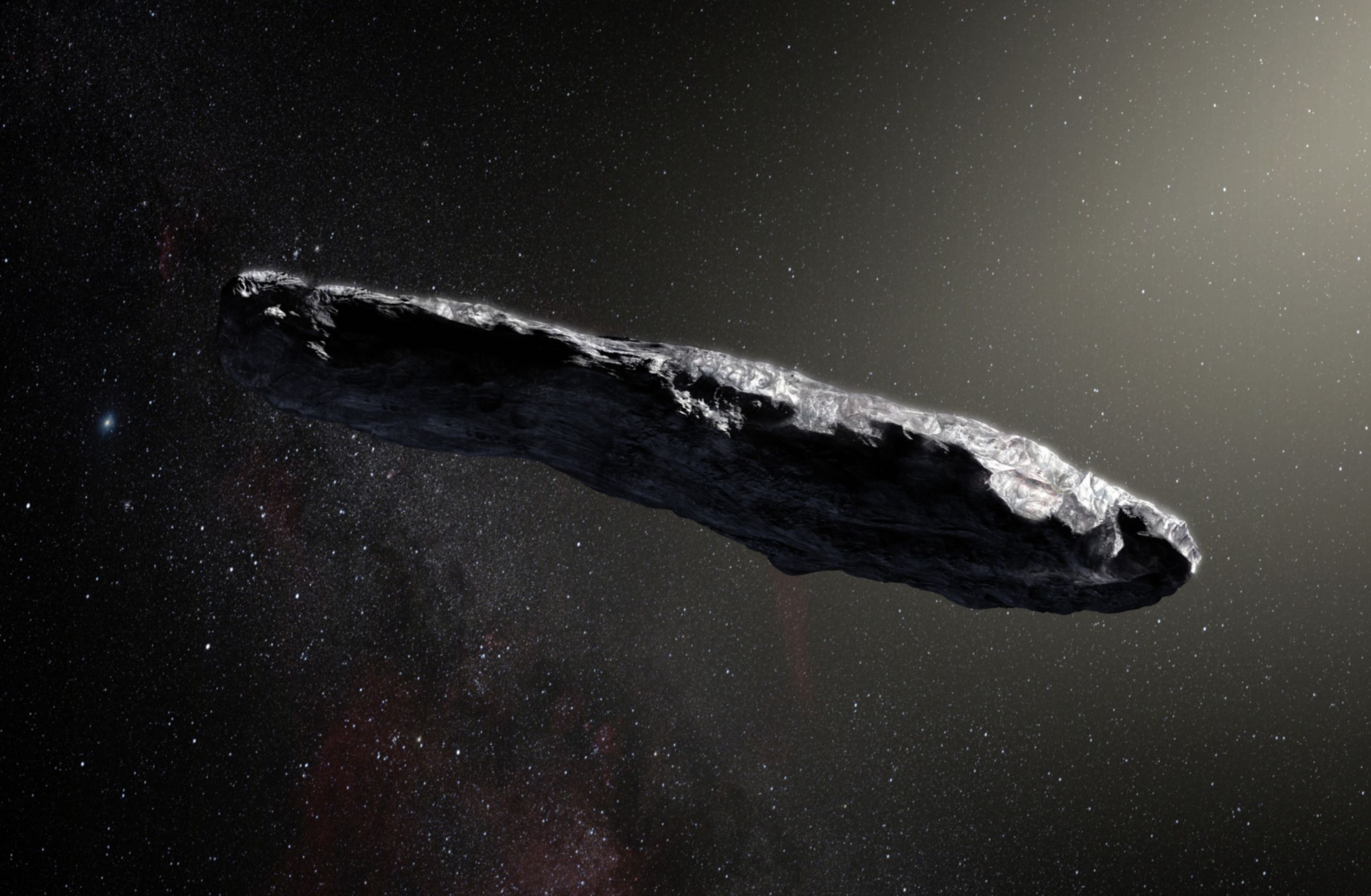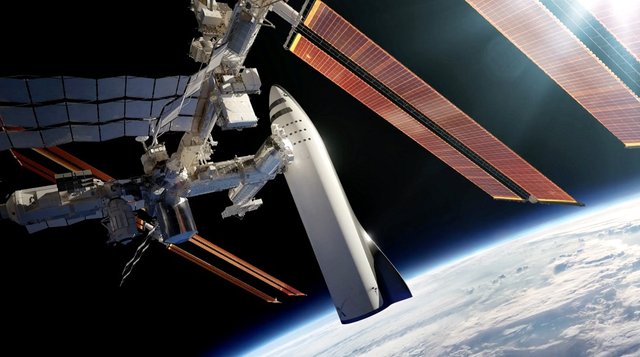Interstellar objects are very interesting but sadly also very quick. How to catch them with technologies we have?

Oumuamua - Source: ESO / M. Kornmesser.
Many of you will already know that the interstellar object Oumuamua is currently passing through our solar system. Everything seems to indicate that its discovery will be one of the biggest and most exciting discoveries of the recent times. It’s just great! And it’s also the first ever time we get to see an object from another stellar system. The arrival of Oumuamua was a bit shocking to everyone so we didn’t have much time to react to it. But it seems that we can count on such an interstellar visit happening in the future as well. And maybe even soon. Or even more, maybe we could try to catch Oumuamua itself. That brings the question if it is possible to examine such an object up close, maybe even visit and take samples.
And that’s exactly what the expert group For Interstellar Studies (i4is) is trying to figure out. In their recent study, they studied different ways to catch such an object and how to examine it. All such plans have one big problem though. Interstellar objects fly very quickly through space. Oumuamua is now rushing at about 138 000 kph (86 000 mph). Experts think it will slow down a bit, to about 95 000 kph (59 000 mph) but that’s still problematic. Our fast space object is currently Voyager 1 that is flying out of the solar system at 61 200 kph (38 000 mph). And it took years for it to get to that speed. The fastest spaceship at it start is the New Horizons probe that started at 58 536 kph (36 372 mph).

Big Fcking Rocket* - Source: SpaceX.
As you can see our current space technologies are not sufficient to catch our interstellar visitor. But the i4is team isn’t just giving up. They say chances are we could have usable technologies within 5 – 30 years. I4is says we could use our standard chemical engines and then speed up the probe with a slingshot around Jupiter. But that needs a lot of fuel so it would be a big rocket. For example one of the that is being created by SpaceX (BFR or Big F*cking Rocket) or the one being developed at NASA (the SLS system). One of the real choices is using the BFR but it would need a refueling in space and then slingshot not only around Jupiter but also around the Sun. When the BFR would be sped up by this to 252 000 kph (156 500 mph) it could even catch up to Oumuamua which it would catch in the year 2039 at about 85 AU which is about two times as far as Pluto is. Obviously, at such speeds it couldn’t brake so it would have an impactor a module that would separate from the probe and crash into Oumuamua. The probe could then examine the material that would be released by the impact.
Hey great post. I did read about this new object coming from another stellar system and into ours. Have you read or heard about an ion engine ? this engine could get a spacecraft up to some very high speeds to catch up with the object, the only draw back is that it takes a very long time to reach those speeds.
Well done.
Downvoting a post can decrease pending rewards and make it less visible. Common reasons:
Submit
I've never thought about trying to capture interstellar matter. It would definitely help science progress and help prove theories about places beyond our solar system. I wonder how willing space x would be to attempt something like this considering they're working aggressively to reach Mars.
Downvoting a post can decrease pending rewards and make it less visible. Common reasons:
Submit